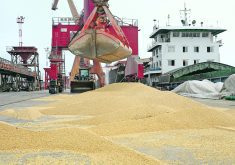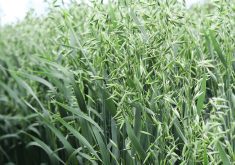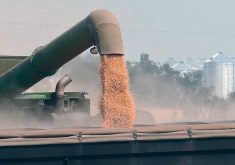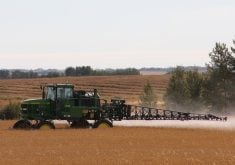WINNIPEG — U.S. agriculture secretary Brooke Rollins has axed identity politics at the U.S. Department of Agriculture.
On her first day in office, Feb. 13, Rollins released a memorandum to USDA staff, saying the department is returning to its core mission.
She will “realign the department’s focus towards its original objectives of maximizing and promoting American agriculture, ensuring a safe, nutritious and secure food supply, enhancing rural prosperity, and protecting our National Forests,” says the first sentence of the memo.
Read Also
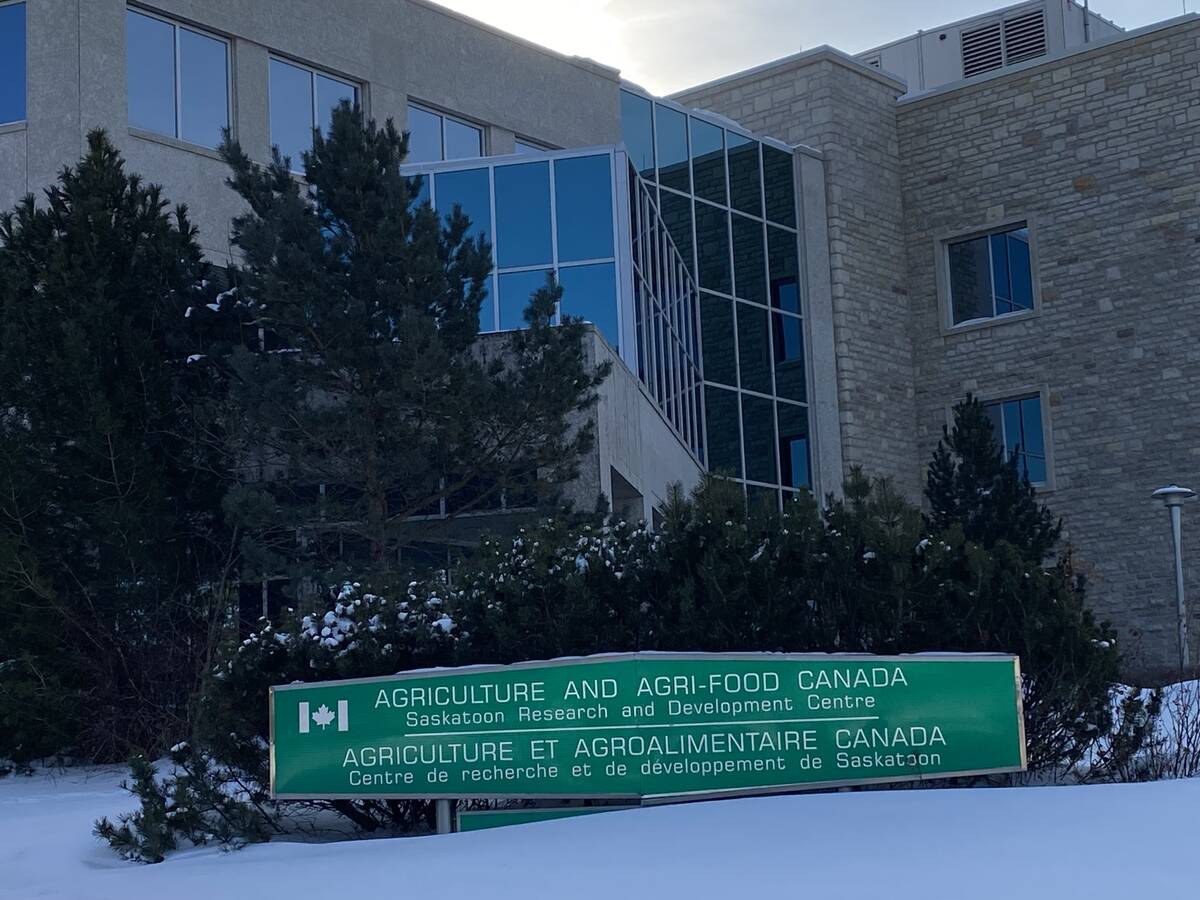
Don’t undermine the backbone of agriculture
Agriculture Canada and the dedicated public servants who work every day to support Canadian agriculture are a crucial pillar of the sector and they need support — not austerity.
It goes on to say that the USDA is terminating all diversity, equity and inclusion programming.
The department will prioritize meritocracy and colour-blind policies, the memo said, adding that the previous administration had lost sight of the USDA’s mandate to ensure that Americans have sufficient food.
The dramatic break with DEI didn’t generate a lot of press from America’s farm media. Most of the attention was on cuts to contracts and job losses at the USDA.
DTN has reported that thousands of U.S. Department of Agriculture employees were fired. Most of the losses were people in the probationary period of their job.
Much like the USDA, over the last decade Agriculture Canada has developed diversity, equity and inclusion programs.
Agriculture Canada policies on DEI, which the department calls gender based analysis (GBA) Plus, can be found here.
The GBA Plus document details how Agriculture Canada incorporates gender and diversity into its daily activities.
It’s not a small endeavour.
Agriculture Canada has a sector diversity policy team, a GBA Plus Network of Advisors and a team of analysts that studies progress on gender/diversity and is part of strategic reporting within the department.
The web page lists committees, financial incentives and multiple programs that are connected to gender and diversity.
“Mainstreaming GBA Plus considerations across AAFC activities,” says a headline on the GBA Plus webpage, indicating that gender/diversity is already a key part of Agriculture Canada activities.
Examples include:
- • For trade, Agriculture Canada considers the potential impacts on gender and diversity. “The department applies thorough gender-based analysis plus to all trade agreement negotiations.”
- •Agriculture Canada scientists who respond to a call for proposals (for funding) must answer questions about their research and the “impacts related to their project outcomes based on gender, age, ethnicity, income, region, culture.”
- • The Livestock Price Insurance Program is collecting data (voluntarily) to gauge the number of people in the program who are “marginalized, racialized and 2SLGBTQI+.”
- • “The African Swine Fever Response program collects data to enable it to monitor and/or report program impacts by gender and diversity.”
Agriculture Canada’s focus on gender comes at a time when women already represent a large share of the workforce at Agriculture Canda and in Canada’s ag industry.
At the department’s largest research centre, in Lethbridge, more than 50 per cent of the scientists are women or people of colour. Many of the executive directors and agronomists at groups that represent producers of grains, oilseeds and livestock in Canada are women.
The Manitoba Crop Alliance, which represents multiple crops in the province, employs 11 people, eight of whom are women.
At the University of Saskatchewan, the majority of people working on their masters and PhDs in agriculture are more likely to speak Mandarin, Bengali or Punjabi than English. That’s because 60 per cent of the graduate students in the faculty are from other countries.
Contact robert.arnason@producer.com






